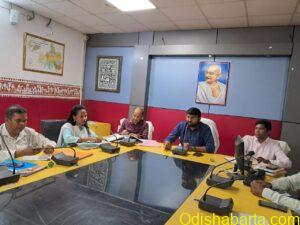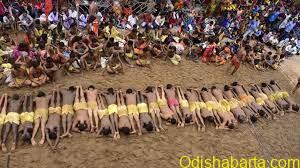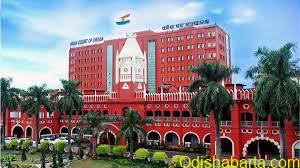India Railways: On a Wing and a Prayer

By; Anil Dhir
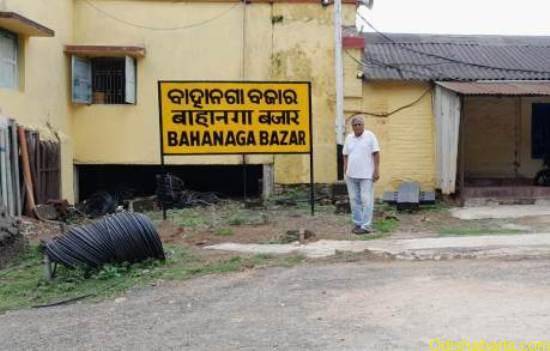
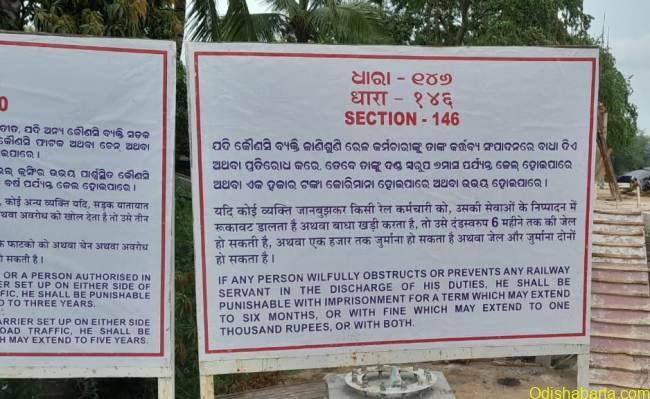
The accident is now one month old. The suspicion of sabotage is still being investigated by the CBI. The Railway Safety Board too has not submitted its report. According to P. Chidambaram, “There is a long list of acts of omission and commission in the last nine years that contributed to the accident that has cost 275 lives and wrecked the lives of hundreds of families”.
The 2012 committee formed to review the safety of the rail network cited “a grim picture of inadequate performance largely due to poor infrastructure and resources.” It recommended a host of urgent measures, including upgrading tracks, repairing bridges, eliminating road-level crossings and replacing old coaches.
Indian trains still run on mixed tracks, with both passenger and goods trains running on the same track. The tracks are clogged and very little time is available for carrying our routine maintenance activity. According to a National Crime Records Bureau report, more than 16,000 people were killed in nearly 18,000 railway accidents across the country in 2021.Nearly 70% were due to falls from trains and people being run over on the tracks, the rest due to accidents.
Indian Railways carries 2.2 crore passengers daily, most of them from the poor and middle classes. Their travel is heavily subsidised, which is seen as a burden. However, the Railways is certainly biased in favour of the rich. The Vande Bharat and Tejas trains are one example, the Bullet train another. The government has ramped up spending on railways in recent years, but money has mostly gone toward speed and comfort in the form of new trains and better stations There is more emphasis on introducing fancy trains then on revamping the tracks, signalling systems and filling up the huge vacancies of sanctioned posts. The speed over safety syndrome is all evident. Big-ticket railway projects and new trains have resulted in an increase in rail travel, which in turn requires improvement in track maintenance and better signalling systems.
Of the total capital expenditure of in 2020-21, the amount spent on ‘Track Renewal’ was a measly 8.6%, while on ‘Signaling and Telecommunication’ it was just 1.4%. The percentiles in the 2023-24 budget estimate too are 7.2% and 1.7% respectively.
The Railway Safety Fund set up in April 2001 was sourced by transfer of the cess on diesel. The Modi government created another Fund called Rashtriya Rail Sanraksha Kosh in 2017-18, with the promise that Rs 20,000 crores would be given annually for 5 years. However, it received only Rs 20,000 crore in the four years between 2017 and 2021.
The CAG report of March 2021 was prophetic. Titled ‘Derailment in Indian Railways’, the CAG observed, “Proper maintenance of the railway track is a pre-requisite for the train operation without accidents.” There was a huge shortfall in Track Recording Cars which are used for inspection. The shortfall ranged from 30% per to 100 per cent in the different railway zones. The CAG observed that “the non-deployment of TRCs led to non-checking of track parameters having implications on overall safety of train operations including derailments.” Four parameters were highlighted which included poor planning, idle track machines, huge vacancies and the lack of proper training of Permanent Way staff.There is a huge shortage of gang men, station masters work beyond 12 hours, and 3,11,000 posts out of 14,75,623 Group C posts and 3,018 out of 18,881 gazetted posts remain unfulfilled.
The February 2023 letter from the Principal Chief Operations Manager of S.W. Railway revealed a serious incident that had occurred. He had identified a serious flaw where the route of despatch got altered after a train had started on signals with correct route showing in the Station Master’s panel, a grave violation of the basic principles of inter-locking. In his letter he had urged immediate steps to rectify the flaws. Concerns about signal malfunctions had been repeatedly expressed all over the country in the different rail networks. Until human involvement is proven, the Bahanaga accident too has to be treated as a system failure.
The Train Collision Avoidance System (TCAS) developed in 2012 has been renamed as Kavach by the present government. It was launched with a lot of pomp and ceremony by the railway minister, with himself travelling in the rail car, but the fact that it had been installed in only 1,445 kms (just 2%) of the total route length of 68,043 km was not announced.
Railway finances are in a total mess. The merger of the Railway Budget with the General Budget has created a quagmire. Ashwini Vaishnaw is the Minister of Electronics and Information Technology; the Minister of Communications and the Minister of Railways. That we cannot afford a full-time minister for the Railways tells the tragic tale of Indian Railways.


